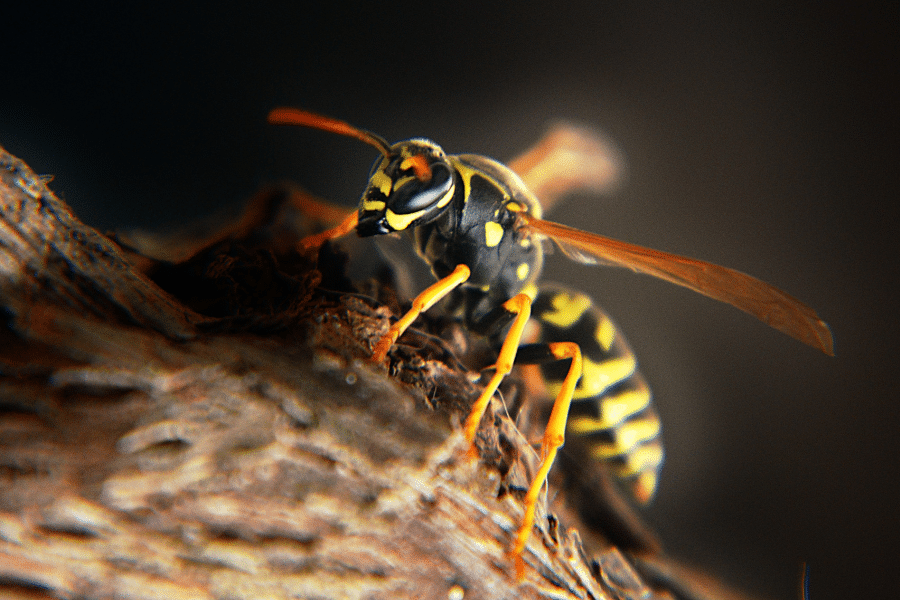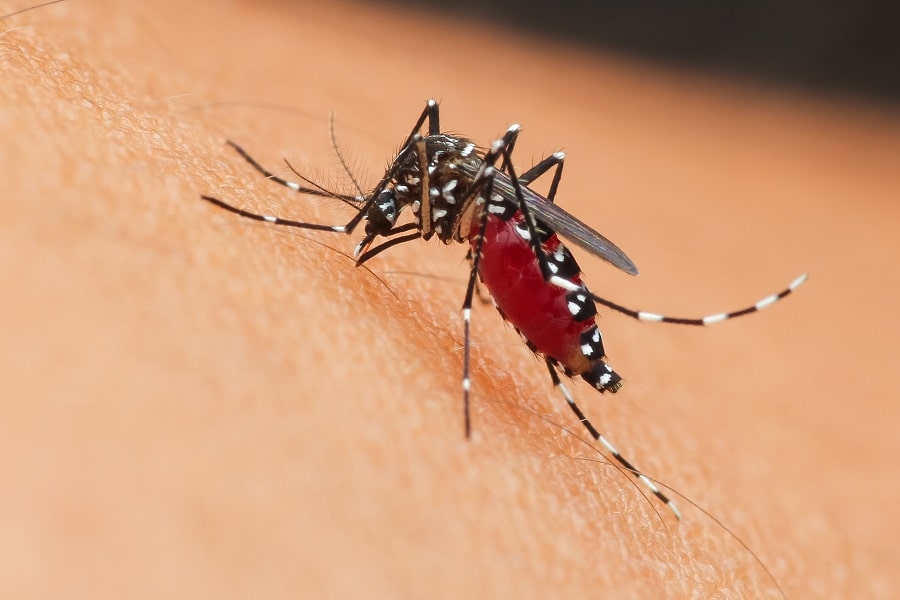You’re enjoying a beautiful spring day, but suddenly, a mosquito buzzes by your ear, ruining the moment. Most people don’t think about seasonal bugs until they’re already a nuisance, swarming BBQs or invading homes. But whether you’re a homeowner trying to protect your property, a gardener nurturing plants, or an outdoor enthusiast camping in the wild, understanding the behavior of seasonal bugs is crucial. This comprehensive guide aims to educate you on what bugs to expect each season, why they act the way they do, and how you can be prepared.
Contents
Why Seasonal Changes Matter To Bugs

Ever wonder why you don’t see certain bugs year-round? Like all creatures, bugs respond to their environment, and seasons play a massive role in their life cycles. Factors such as temperature, humidity, and food availability all influence when certain bugs will emerge or become more active. For example, ants are driven to forage aggressively in warm weather when their metabolism speeds up, while many types of spiders prefer cooler temperatures in the fall to spin their webs and capture prey.
Understanding the factors contributing to seasonal bug behavior is crucial for effective bug management. So, next time you’re tempted to attribute the sudden swarm of fruit flies in your kitchen to random chance, remember that seasonal conditions often serve as a trigger. Changes in temperature, light, and even plant cycles can create the perfect breeding grounds for specific bugs. Therefore, a proactive approach to each season can help prevent any unwelcome buggy guests.
The Spring Surge
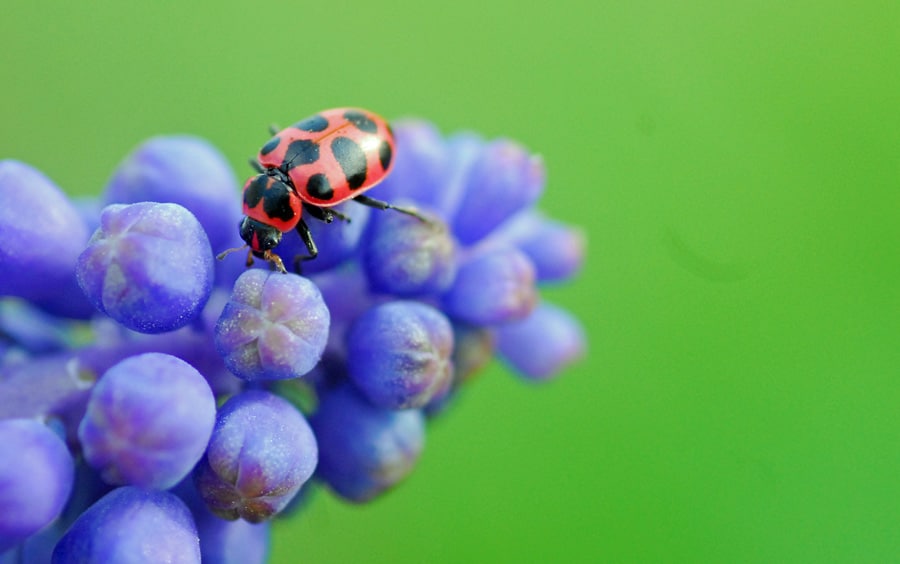
Spring—the season of renewal and growth—also marks the resurgence of many bugs you might have forgotten about during winter. From ladybugs to ants and mosquitoes, these tiny critters wake up from their winter hiatus, hungry and ready to multiply. Ladybugs might be less of a nuisance and more of a garden helper, as they eat aphids and other harmful bugs. Mosquitoes, on the other hand, become active as the weather warms up, breeding in stagnant water and making those spring evenings less enjoyable.
Knowing which bugs to expect can provide a significant advantage in dealing with them effectively. For example, homeowners can anticipate ant invasions and apply natural deterrents like citrus or vinegar along common entry points. Gardeners, knowing that aphids will soon descend upon their rose bushes, can release ladybugs as a biological countermeasure. By matching your preparation to the specific bugs of the season, you can make your spring far more enjoyable and far less itchy.
The Summer Swarm
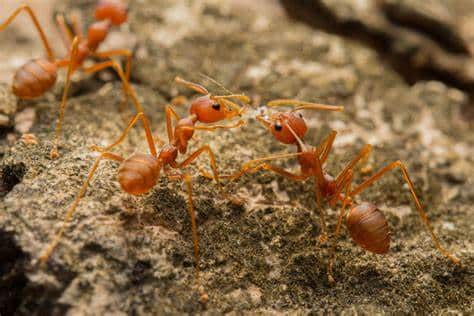
If you think spring’s bug lineup is challenging, brace yourself for summer. The season’s high temperatures and longer days make it a prime time for bugs like ticks, wasps, and fire ants to come out in full force. Ticks thrive in humid conditions and are commonly found in tall grasses, waiting for a chance to latch onto a host. Notorious for their painful stings, fire ants are most active during the hot summer months, as their metabolism skyrockets.
While summer is the season to bask in the sun, the heightened bug activity requires additional vigilance. Wasp nests grow rapidly in the summer, requiring immediate attention to prevent painful stings. Similarly, the increase in tick activity should make anyone planning to spend time outdoors cautious and well-prepared, using bug repellents and conducting regular tick checks. With adequate preparation and awareness, you can enjoy your summer activities without giving bugs the chance to ruin the fun.
Autumn Intruders
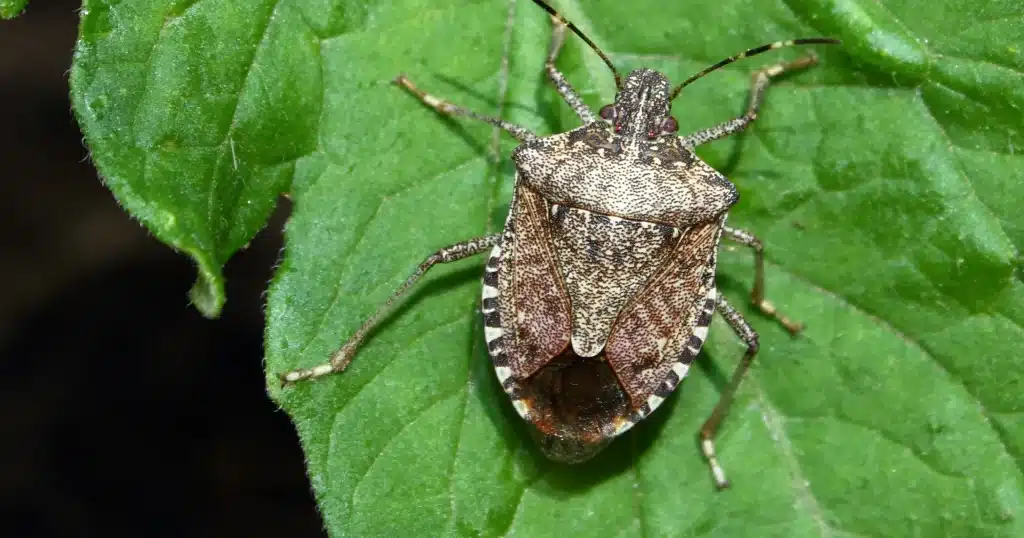
When the leaves begin to fall and the temperatures start to drop, some bugs seek the warmth and shelter of homes. The usual suspects include spiders and stink bugs, among others. Spiders, like the common house spider and even some species of orb-weavers, become more noticeable as they come indoors to escape the falling temperatures. Stink bugs are another autumn regular; these critters tend to flock inside homes and become a significant nuisance.
The key to dealing with autumn bugs lies in preventative action. Before the weather starts to turn, consider sealing gaps in windows and doors and cleaning up the yard to remove potential hiding spots. Regular vacuuming can also help keep indoor spider populations under control. Even your garden can be a source of autumn bugs, so remember to harvest fruits and vegetables in a timely manner to prevent them from becoming bug magnets.
Winter’s Unwanted Guests
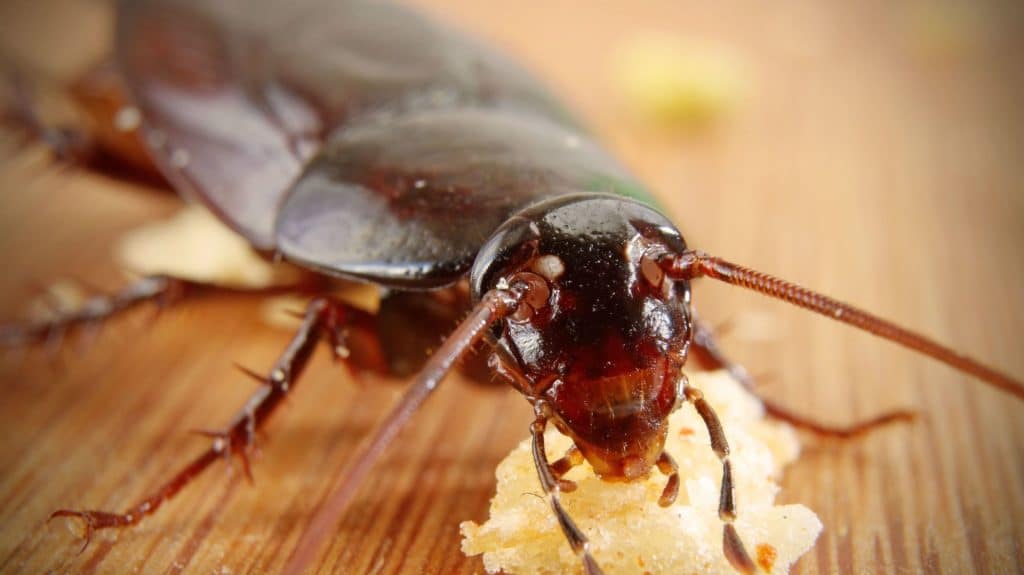
It may be cold outside, but certain bugs have no intention of slowing down. Cockroaches, for example, find their way into homes seeking warmth and food, making winter a prime time for infestations. Similarly, bed bugs remain active year-round, defying the cold by staying indoors and close to their human hosts. Some bugs, like certain species of ants, even continue to forage during mild winters, presenting a perpetual challenge.
Though it might seem like there’s no escape, understanding the winter behavior of these bugs can give you an edge. Regular cleaning and maintenance are crucial, especially in areas like the kitchen, where cockroaches might find food crumbs. It’s also wise to invest in mattress covers and conduct frequent checks to safeguard against bed bugs. For those battling ants, consider storing food in airtight containers and using natural deterrents around the home’s entry points.
Geographical Variations

Did you know that bugs you encounter may vary widely depending on your geographical location? While mosquitoes are pretty much universal, some pests like scorpions or certain species of termites are more localized, thriving in specific climates and regions. Even the seasons can affect bugs differently depending on the geographical area; for example, mild winters in southern states may not deter bugs as effectively as harsh winters in the northern states.
Having regional awareness enhances your preparedness. It’s not just about knowing what seasons bring which bugs but also about adapting that knowledge to your specific location. Residents in humid, warm areas may need to worry about additional moisture-loving pests, while those in drier climates might be more concerned with bugs that thrive in arid conditions. Whatever the case, tailoring your bug prevention methods to your location can make a world of difference.
Effective Bug Control Methods

No one likes to resort to chemicals, but sometimes the bug problem is just too overwhelming. Chemical control methods like sprays and baits can be effective, but they come with their own sets of precautions. For instance, chemical bug sprays may harm beneficial bugs like bees and ladybugs while also posing potential risks to pets and humans. That said, there are times when chemical control methods are the most efficient way to deal with a significant infestation.
But don’t worry, it’s not all about harsh chemicals. There are plenty of non-toxic methods to keep bugs at bay, from natural repellents to traps and barriers. Methods like citronella candles for mosquitoes or diatomaceous earth for ants offer eco-friendly alternatives that are easier on the environment and on your conscience. However, knowing when to use what method is crucial; while natural deterrents may work for a small problem, larger infestations may require more drastic measures.
DIY Bug Control Solutions
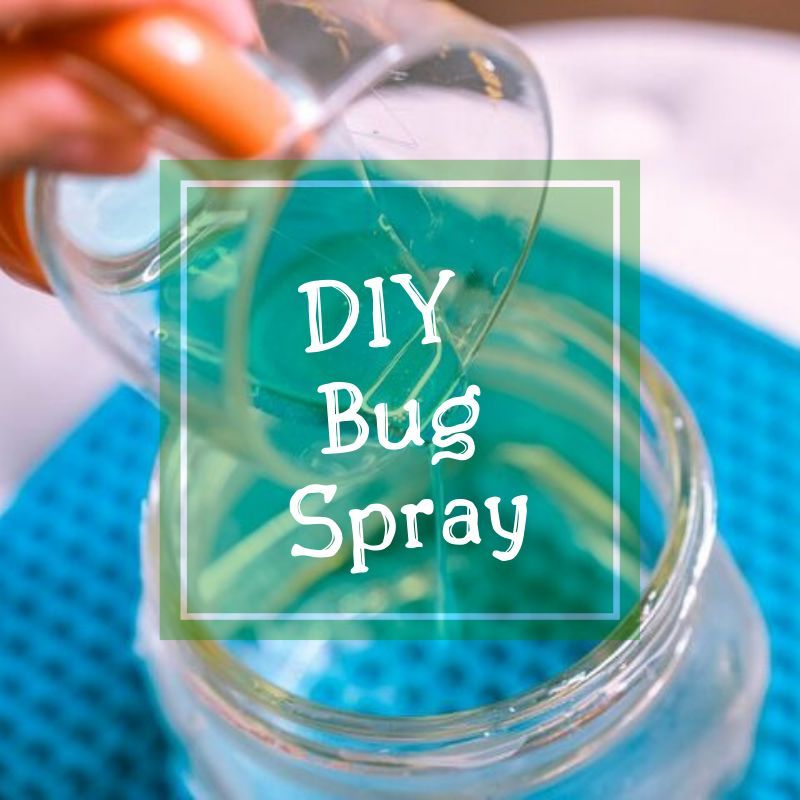
You don’t need a cabinet full of chemicals to keep seasonal bugs at bay; sometimes, the solution is as simple as opening your pantry. Common household items like vinegar, baking soda, and essential oils can serve as effective deterrents for a range of bugs. Vinegar, for example, can dissuade ants from entering your home, while a mixture of water and peppermint oil can help keep spiders away. It’s a budget-friendly and environmentally responsible way to tackle smaller bug problems.
Before you rush to create your own DIY bug sprays and traps, make sure to do proper research. Not all bugs react the same way to homemade solutions, and you don’t want to inadvertently attract more pests. Plus, there are often variations in how to properly use these DIY methods, such as the correct dilution ratios for essential oils. A bit of knowledge can go a long way in making these at-home remedies effective and safe.
Prepare Your Space For Any Season Bugs That Come Your Way!
Understanding seasonal bugs and their behavior is more than just a trivial pursuit; it’s a necessity for anyone looking to protect their home, enjoy outdoor activities, or even cultivate a thriving garden. From the warm-weather pests of spring and summer to the intruders of fall and winter, this guide arms you with the knowledge and tools to tackle each season’s unique bug challenges. By embracing a mix of preventive measures, DIY solutions, and professional help when needed, you can enjoy each season to the fullest without letting bugs ruin your day!
